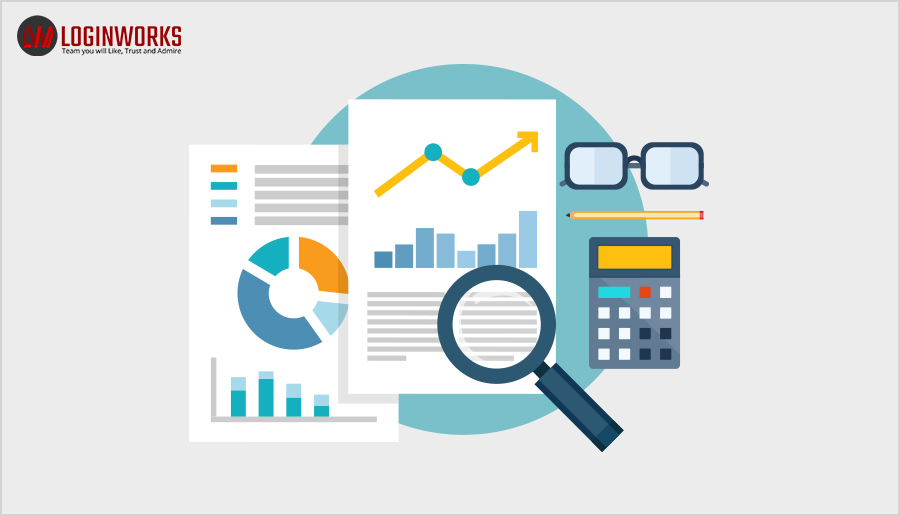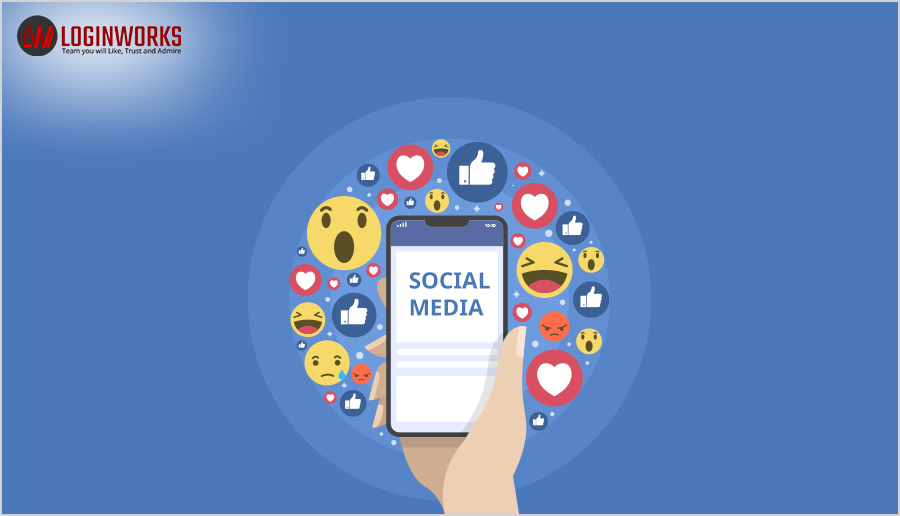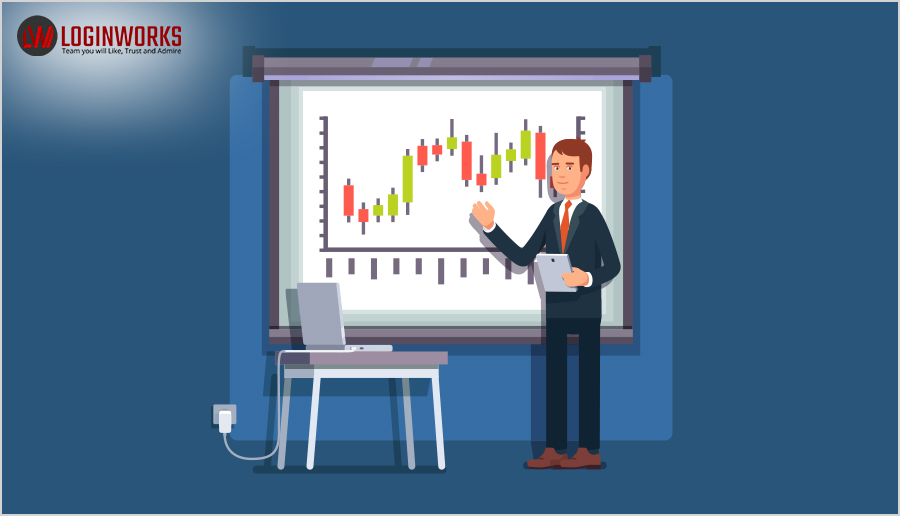Ever since the Facebook-Cambridge Analytica controversy, people have expressed concerns about the breach of personal data. Data like email ids, mobile numbers, home and office addresses, names of the schools where our kids go, etc. are easily available on public platforms like Facebook, Twitter, and other social media networks. To set the users’ minds at rest, let us examine some simple steps in Data Analytics to check if the data has been leaked.
According to the 1st quarterly statistics of 2018, the active users of Facebook per month are nearly 2.19 billion. The number of monthly active users on mobile devices is also a whopping 1.74 billion. Personal information of 87 million Facebook users was compromised in the Cambridge Analytica case. Obviously, the magnitude of “data theft” when personal information of this size is leaked, will be tremendous. It will also have a major negative impact on the credibility of the social platform. Their long-term, as well as new users, will lose faith in the platform’s online data security systems.
WHY IS DATA COLLECTED?
By definition, Data Analytics (DA) scrutinizes sets of data so that certain hypotheses can be made on the basis of the information collected. DA techniques are commonly used by professional analysts on behalf of big business organizations and industries. The information regarding personal information, likes, dislikes, preferences, and ultimate choices of social media users is collected on a massive scale. The purpose of this exercise is so that businesses can develop more target-oriented marketing techniques. Statistical data and graphs are generated from the data collected and then compared with their existing business model to check if it is working efficiently or not.
Business analytics involves Business Intelligence (BI) as well as Advanced Analytics methods. Using DA tools, information regarding the history of the company’s performance, the trend over a period of time, as well as the latest real-time information is collected. The information may be collected from internal sources like digital records of the company or from external sources like their website, their social media activities, and those of potential buyers, or the entire world, in short! The data is then analyzed in order to help businesses to improve their profits and create brand value.
HOW IS PERSONAL DATA COLLECTED?
Taking Facebook as an example, users are clicking “like”, commenting, sharing information they like, etc. These activities clearly indicate what kind of products and services the users like or don’t like. Let’s say your Facebook friend has just put up pictures of his vacation in Hawaii. As soon as you click “like” or comment on the pictures, this small information is stored by Facebook Data Analytics.
Very soon, you will notice that ads about beachside holiday packages and cruises will pop up on your Facebook homepage! How did this happen? Liking your friend’s photos was a personal choice and nobody else’s business but yours! Yet, the DA tool of the social media platform could display the most appropriate ads that matched your preferences.
STEPS IN DATA ANALYTICS TO CHECK IF YOUR DATA HAS BEEN LEAKED
After the ruckus of the Cambridge Analytica data leakage, Facebook has taken certain steps to alert individual users about protecting their personal information. They include some simple measures that will indicate whether your information has been leaked or not.
1. You will often get a popup message which reads something like: “Susan, we know that it is important to safeguard your data. You can have more control over which app should have access to your Facebook profile and activities. The “Apps and Websites” page will show you which apps or sites you have logged into using your Facebook id. You can disable the ones you don’t want to connect through Facebook.” This message pops up almost once a day. If you don’t see this message for more than a week, your data has probably been leaked.
2. Facebook’s help center is another place where you can find out whether your data was leaked. When you click into the help center of Facebook using your id, you will get the message that says, that neither your Facebook friends nor you have logged on to the “This Is Your Digital Life” app. The app was the personality quiz that had been used by Cambridge Analytica to collect personal information of about 87 million users. If you get a message that says a friend of yours had logged into the app, then your pages, profile, address, email, phone number, birth date, and all other personal information has been leaked.
3. We log into many apps with our Facebook ids. There is no sure-fire method of finding out if these apps leak the data to vested interests. With the recent commotion on data leakage, Facebook has assured the public that they will ban all those apps that might be misusing the personal data of their users. As this is an automatic process that is handled by Facebook, we as users do not need to take any steps to secure our data, beyond changing our password often and not logging into apps or sites with our social media ids.
Data Analytics handles the job of data security behind the scenes. We as users can do very little to secure our personal data since it is easily available and accessible on our public social media profiles. With the introduction of the “bug bounty program”, Facebook will hopefully become a more secure platform so that the data of users is not leaked.
To conclude, social media platforms are public domains and are accessible by anyone in the world. Keeping so much data secure can be an immense task. If we are alert and read the popup warnings and suggestions given by Facebook and other social media networks, we can not only find out if our data has been leaked, but we can also take quick preventive measures so that the information is not compromised in the future.
- Business Intelligence Vs Data Analytics: What’s the Difference? - December 10, 2020
- Effective Ways Data Analytics Helps Improve Business Growth - July 28, 2020
- How the Automotive Industry is Benefitting From Web Scraping - July 23, 2020



